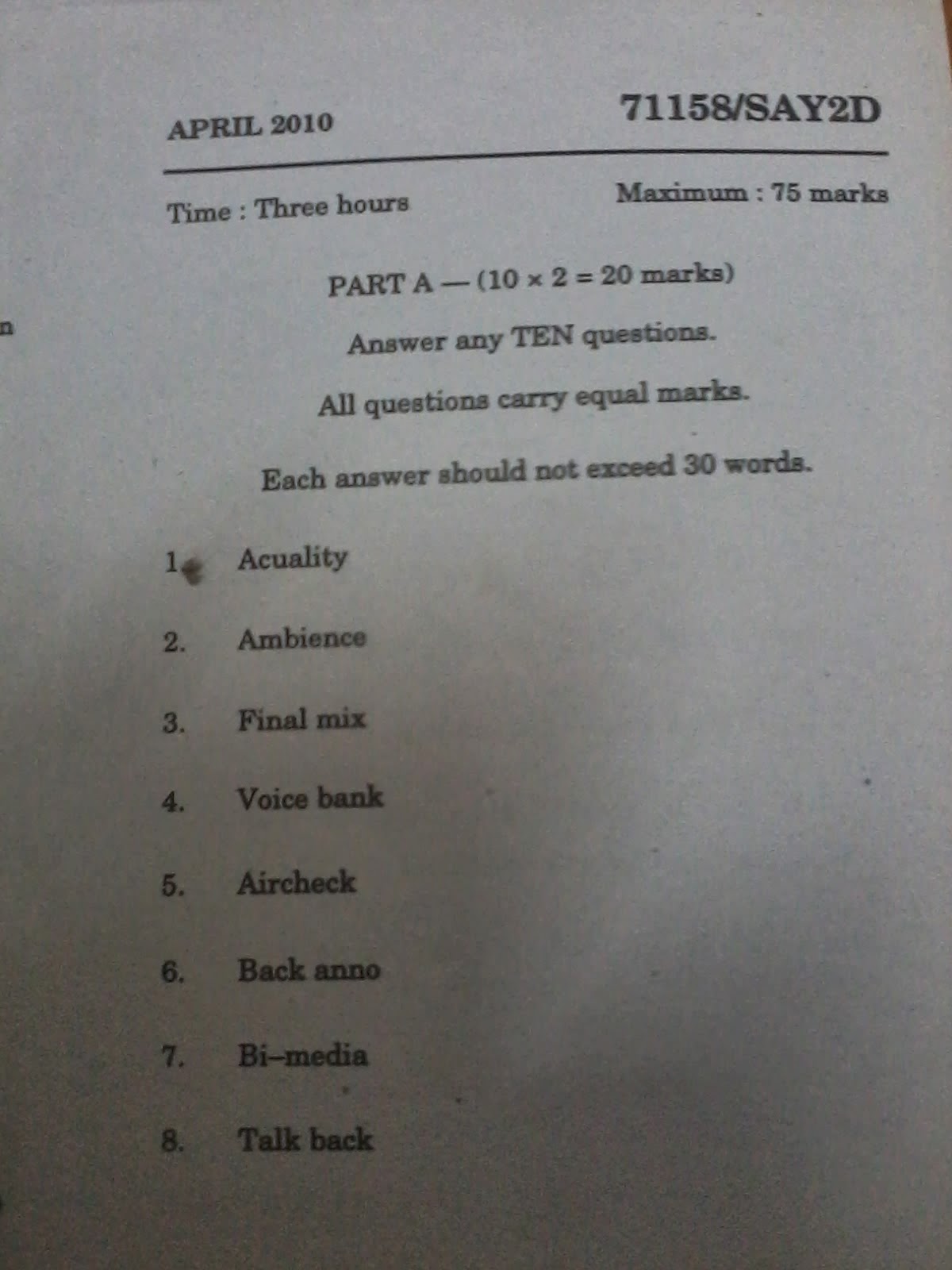ORGANIZATIONAL STRUCTURE OF ALL INDIA RADIO &DOORDARSHAN
ORGANIZATIONAL STRUCTURE OF ALL INDIA RADIO &DOORDARSHAN
Prasar Bharati (Broadcasting Corporation of India) is the public service broadcaster in the country, with Akashwani (All India Radio) and Doordarshan asits two constituents. It came into existence on 23rd November 1997.
Prasar Bharati Board functions at the apex level ensuring formulation andimplementation of policies of the organization and fulfillment of the mandate interms of the Prasar Bharati Act, 1990. The Executive Member functions as the Chief Executive Officer (CEO) of the Corporation, subject to the control and supervision of the Board. The CEO, the Member (Finance) and the Member (Personnel) perform their functions from the Prasar Bharati headquarters at
Parliament Street, New Delhi.
All important policy matters relating to finance, administration and personnel are submitted to the CEO and the Board through the Member (Finance) and the Member (Personnel) as required, for the purpose of advice, implementation of proposals and decisions thereon. Officers from different streams working in the Prasar Bharati Secretariat assist the CEO, the Member (Finance) and the Member (Personnel) in integrating actions, operations, plans and policy implementation aswell as look after the budget, accounts and general financial matters of theCorporation. Prasar Bharati also has a unified vigilance set up at the headquarters, headed by aChief Vigilance Officer.
To facilitate decision making, the Policy & Executive Committee (earlier known asManagement Committee) chaired by the CEO, has been constituted for bothDoordarshan and AIR.
The Directors General heads the Directorate General of All India Radio and theDirectorate General of Doordarshan.
They function in close association with theMember (Finance), the Member (Personnel) and the CEO, in carrying out the day-to-day affairs of AIR and Doordarshan. Both in AIR and Doordarshan, there are broadly four different wings responsible for distinct activities viz. Programme, News, Engineering and Administration & Finance.
AIR (All India Radio)
All India Radio comes under the Ministry of Information and BroadcastingGovernment of India. A secretary and four joint secretaries who are supposed to dothe following jobs assist the minister of information and broadcasting:
•Policy
•Broadcasting
•Financial Advisor and
•Film
Radio stations come in all sizes and generally are classifies as being either small,medium or large market outlets. The size of the community that a station servesusually reflects the size of its staff. For example, the station in a town of fivethousand residents may have six to eight fulltime employees in the station.
Medium markets are set up in more densely populated areas and in this type of station; there are twelve to twenty employees. Mostly, overlapping of duties occur in the larger stations, positions are usually limited to specific areas of responsibility. Large stations may employ as many as sixty to hundred people andas few as twenty depending on the nature of their format.In All India Radio, Director General is the head of the organization, and thereforeit is a sensitive post requiring a wide cultural background, initiative, tact,administrative abilities, sound judgment of matters and people, a deep commitmentto broadcasting and qualities of leadership of a high order.
Occasionally, Indian Administration Service Officers are assigned an additionaltask of Director General of All India Radio and since independence; there have been around 15 IAS officers who have performed the task of Director General of AIR.
There are Additional Director General and Deputy Director Generals also who help the Director General is assisted by Director of Programmes.
A Director whose rank is equivalent to Deputy Director General heads news Division. The Director is assisted by Chief News Editor, News Editor, Joint Director, etc. others employed in the news department of the radio station are the News Readers, Announcers, Translators and others.
The Engineering Division of AIR is looked after by Engineer- in-Chief and is assisted by Chief Engineer and Regional Engineers. The Regional Stations of AIR is under the control of Station Director who is assisted by Assistant Station Directors and Programme Executives.
B.G. Verghese Committee has also proposed an organizational structure for AIR, which has the following posts of General Managers:1.GM Legal Services2.GM Planning3.GM InformationThe committee also proposed a Central News Room consisting of a GeneralManager, Editor, Foreign Editor, Editor Monitoring. This committee has also proposed the creation of the posts of Station Manager, Accounts and Personnel Officer, Programme Officer, Extension Officer, etc









